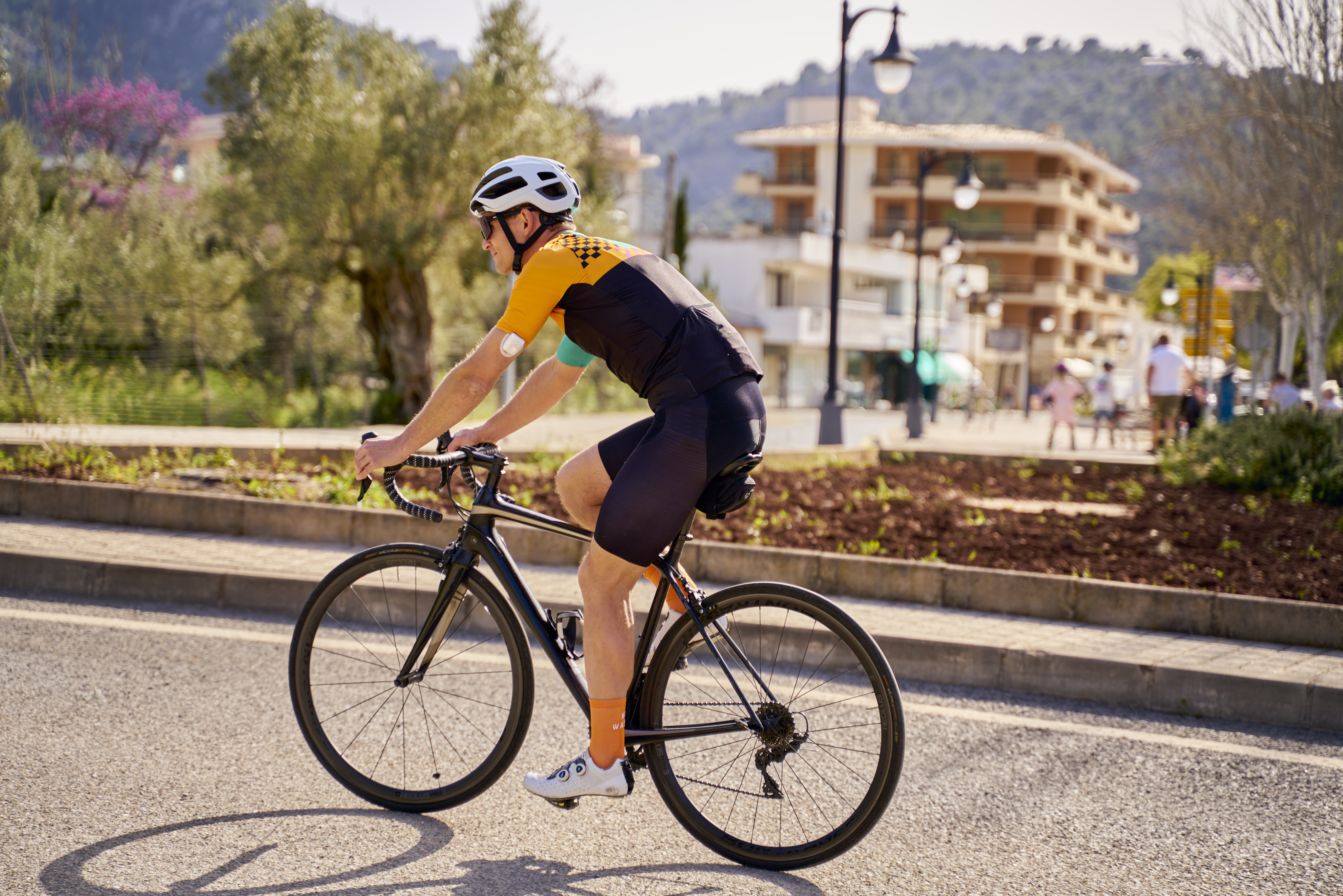Managing diabetes during training and races


As a child I wasn’t really into sports. Because of my diabetes, I was often advised to stay away from exercise for fear of going hypo. But times have changed. When I turned 30, I bought my first road bike, and my life took a different turn. I also started running and swimming and a few years later I was training over 20 hours a week and competing in long-course triathlons. I had become a real athlete.
But of course, I couldn’t just switch off my type 1 diabetes. Good diabetes control became very important to me, especially during long training sessions and races. This can be a bit more complicated for athletes, because we tend to consume more carbohydrates than the average person. During a race, for example, I aim to take in a certain amount of carbohydrate per hour. But how do you do that with diabetes?
As is often the case in diabetes management, it comes down to working with your diabetes team to help find the right balance between insulin dosage and carbs, especially during training and races.
This is where diabetes technology can play an important role. In 2020 I made the switch from multiple daily injections (MDI) to the Omnipod DASH® Insulin Management System. Apart from the fact that it’s a tubeless pump and it’s waterproof*, which is a real plus for a triathlete, the pump allows me to set the exact basal insulin dosage I need for specific times of the day and adapt my insulin delivery easily by using a mobile phone-like controller called a PDM (Personal Diabetes Manager).
In my experience, when I go out for a long training ride, I adjust my basal insulin delivery to try and help prevent lows. I aim to consume a certain amount of carbohydrate per hour on the bike to meet my body’s energy requirements and I have a specific basal programme for my long training rides, which I determined through trial and error in consultation with my diabetes team at the hospital. However, when racing I need to increase my carb consumption per hour. The Omnipod DASH® System allows me to set a different basal rate for each of these situations and according to my own personal needs.
The Omnipod DASH® System is also very useful when dealing with more complex races. For example, during a long-course triathlon, my body tends to react differently to the swim, the bike, and the run, so I have different basal settings for each leg of the triathlon. By pre-setting this schedule in my PDM, I only have to take diabetes-related action if something unexpected happens and my diabetes management plan changes. This allows me to focus on the race and worry less about my diabetes.
I see diabetes as the fourth discipline of a triathlon. It requires preparation and focus, just as the other three legs of the race. As an athlete with type 1 diabetes, I find that with the Omnipod DASH® System I have full control over my insulin delivery, which gives me peace of mind during training and races. This allows me to worry less about my diabetes and focus on the challenge at hand.